分享到
Transcriptomic and proteomic analysis of pre-diapause and non-diapause eggs of migratory locust, Locusta migratoria L. (Orthoptera: Acridoidea).
Migratory locust, an important agricultural pest, causes severe damage to cereal crops. Deep understanding of locust diapause is essential to reveal distribution area and population dynamic vary mechanism of this pest in future climate change. Although the induce factors of this pest are well known, the physiological processes and initiation mechanism of diapause are not well understood. Recently, researchers in Prof. Zehua Zhang’s team at State Key Laboratory for Biology of Plant Diseases and Insect Pests, Institute of Plant Protection of CAAS have published a research paper about transcriptomic and proteomic difference of pre-diapause and nondiapause eggs of this pest.
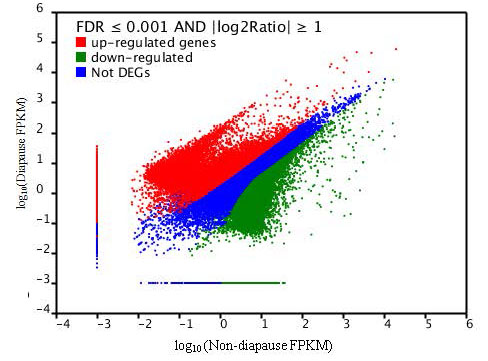
Expression levels in diapause vs non-diapause locust eggs
Insect diapause can be divided into obligative diapause and facultative diapause. Many research papers have reported the molecular biology characteristics of the obligative diapause insects, but there was no report about the facultative diapause insects. In this paper, they studied migratory locust, a representative facultative diapause insect, and found 3 pathways including (i) starch and sucrose metabolism (KEGG: Map00500), (ii) glycolysis and gluconeogenesis (KEGG: Map00010), (iii) glycerolipid metabolism (KEGG: Map00561) played an important role in diapause. Maltase-glucoamylase, glycogen debranching enzyme, aldose-1-epimerase, hexokinase, glucokinase, ADP-dependent glucokinase, phosphoglucomutase were up-regulated. These up-regulated enzymes enabled diapause eggs to synthesize cryoprotectants (trehalose and glycerinum) and to store energy for diapause and post-diapause stages, also it provides an important clue that insulin-like may involve in locust diapause regulation. This paper is the first report of diapause regulation for the hemimetabolous insect, and has been selected as one of F1000Prime candidate papers.
More details are available on the bellow links:
http://www.nature.com/srep/2015/150619/srep11402/full/srep11402.html
More details are available on the bellow links:
http://www.nature.com/srep/2015/150619/srep11402/full/srep11402.html
By Tu Xiongbing
xbtu@ippcaas.cn
xbtu@ippcaas.cn
Latest News
-
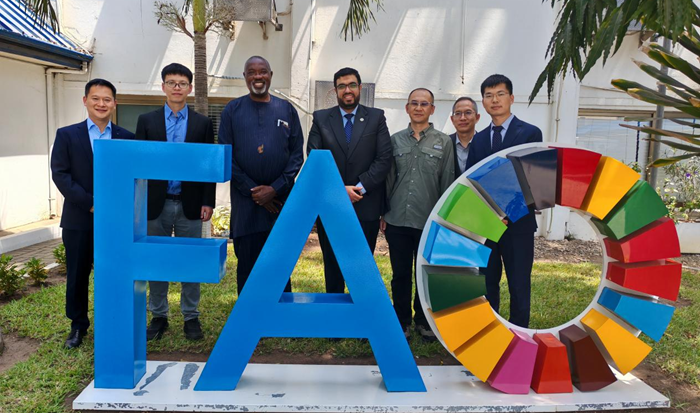 Mar 21, 2025Experts from IPPCAAS Implement FAO-China South-South Cooperation Project to Advance Sustainable Fall Armyworm Management in Ghana
Mar 21, 2025Experts from IPPCAAS Implement FAO-China South-South Cooperation Project to Advance Sustainable Fall Armyworm Management in Ghana -
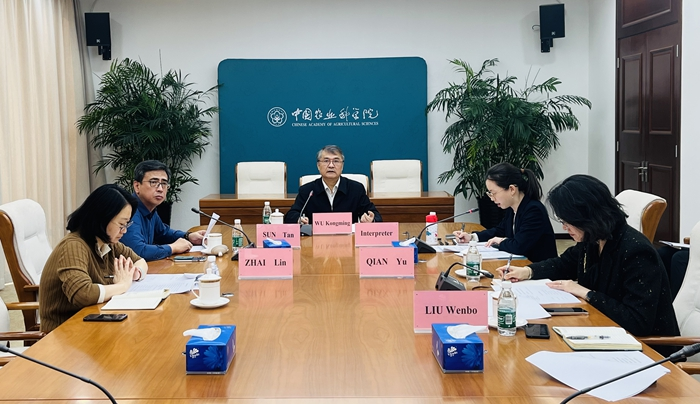 Mar 13, 2025CAAS and CGIAR Deepen Strategic Cooperation
Mar 13, 2025CAAS and CGIAR Deepen Strategic Cooperation -
 Mar 11, 2025Call for Logo Design Proposals for the China-Africa Agricultural Science and Technology Innovation Alliance (CAASTIA)
Mar 11, 2025Call for Logo Design Proposals for the China-Africa Agricultural Science and Technology Innovation Alliance (CAASTIA) -
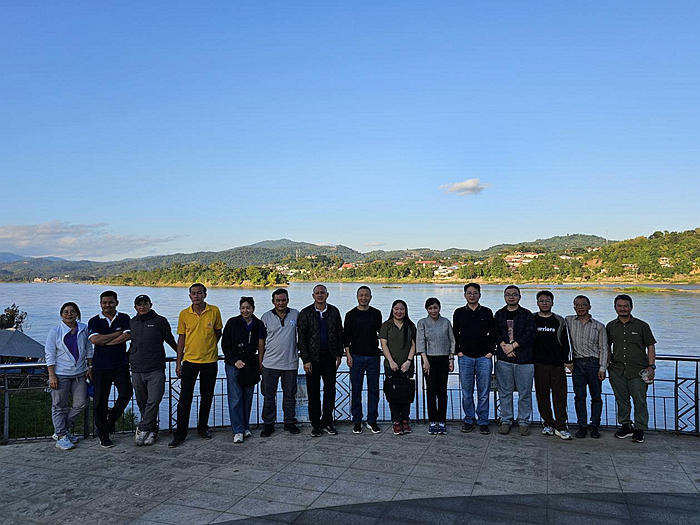 Jan 21, 2025IAED-CAAS Delegation Visits Thailand for Scientific Cooperation
Jan 21, 2025IAED-CAAS Delegation Visits Thailand for Scientific Cooperation -
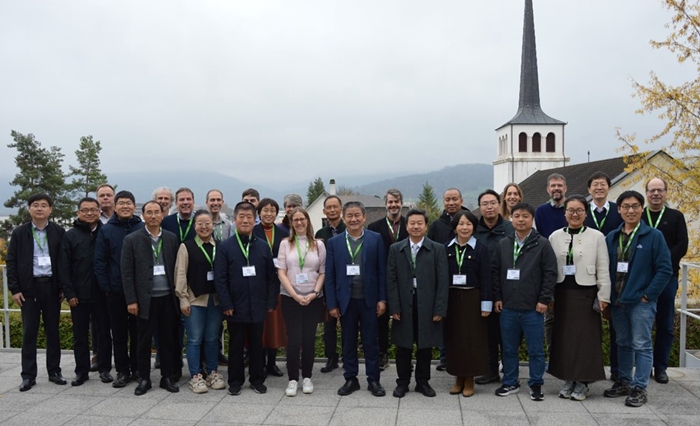 Dec 05, 2024China-CABI Project Development Workshop Held in Delémont, Switzerland
Dec 05, 2024China-CABI Project Development Workshop Held in Delémont, Switzerland
